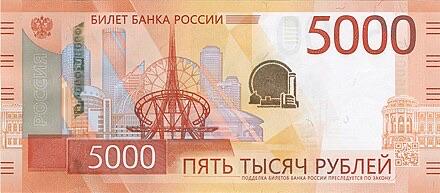The Russian Currency in 2023: Performance, Challenges, and Economic Implications

Introduction
The Russian ruble has experienced significant fluctuations and challenges in recent years, influenced by various economic and geopolitical factors. This analysis examines the performance of the Russian currency, the challenges it faces, and the broader economic implications for both Russia and the global economy.
Key Performance Indicators
- Exchange Rate Dynamics
Analysis of the ruble's exchange rate against major currencies (USD, EUR) and its volatility patterns. - Interest Rate Policy
Examination of the Central Bank of Russia's monetary policy decisions and their impact on currency stability. - Trade Balance Effects
How changes in export revenues and import costs affect the ruble's value.
Major Challenges
- External Pressures
- Impact of international sanctions
- Global market sentiment
- Oil price dependencies
- Domestic Factors
- Inflation management
- Economic diversification efforts
- Banking sector stability
Economic Implications and Future Outlook
-
Effectiveness of Trade Diversification
Analysis of Russia's efforts to diversify its trading partners and reduce dependency on traditional markets.
-
Impact on Regional Economics
How the ruble's performance affects neighboring economies and regional trade dynamics.
-
Long-term Stability Measures
Evaluation of policies and reforms aimed at ensuring long-term currency stability.
Conclusion
The Russian currency's journey reflects the complex interplay of domestic policy choices, international relations, and global economic trends. Understanding these dynamics is crucial for investors, policymakers, and economic analysts in navigating the evolving global financial landscape.